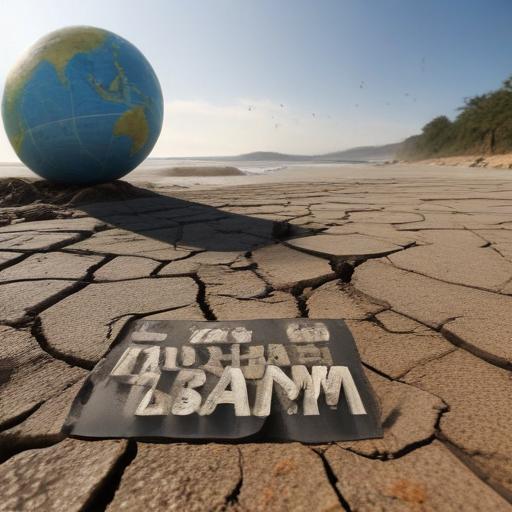Today at approximately 11:30 AM local time, an 8.8 magnitude earthquake struck off the coast of Russia’s Kamchatka Peninsula, marking one of the strongest earthquakes recorded in history and the largest globally since 2011. The earthquake, which occurred at a depth of around 20 kilometers, has resulted in building damage and injuries in Petropavlovsk-Kamchatsky, the nearest major city located just 119 kilometers from the epicenter.
In response to the seismic event, tsunami warnings have been issued across multiple regions, including Russia, Japan, and Hawaii, and advisories have extended to the Philippines, Indonesia, and even as far as New Zealand and Peru.
The Kamchatka Peninsula is located within the Pacific Ring of Fire, a region renowned for its high seismic and volcanic activity. It is here that the Pacific Plate is being forced beneath the Okhotsk Plate at the Kuril-Kamchatka Trench, which contributes to the generation of powerful earthquakes. When the stress along the tectonic plate interface becomes too great, it is released in sudden ruptures, leading to earthquakes of significant magnitude.
Following this major earthquake, over 35 aftershocks larger than magnitude 5.0 have been recorded, with aftershocks potentially reaching magnitudes greater than 7.5. Such aftershocks can persist for weeks or even longer, although their frequency and magnitude typically decrease over time.
Currently, the tsunami generated by the earthquake has impacted coastal communities on the Kamchatka Peninsula and nearby regions, with models predicting its reach towards Hawaii and eventually South America. Tsunami scientists are closely monitoring the situation and refining their predictions as the tsunami progresses.
The increased seismic activity leading up to this earthquake, including a notable 7.4 magnitude tremor earlier this year, raises important questions for researchers. Understanding how this previous activity influenced today’s earthquake will be a key focus moving forward.
While incidents of this magnitude are infrequent, they can have devastating consequences both locally and across the globe. Similar geological contexts, such as those in New Zealand, remind us of the persistent threat posed by subduction zone earthquakes and the associated tsunami risks. Residents in earthquake-prone areas are urged to stay vigilant and heed safety warnings from authorities.
This event underlines the continual need for preparedness in seismic zones, emphasizing the importance of studying and understanding large earthquakes to mitigate their impacts in the future.
